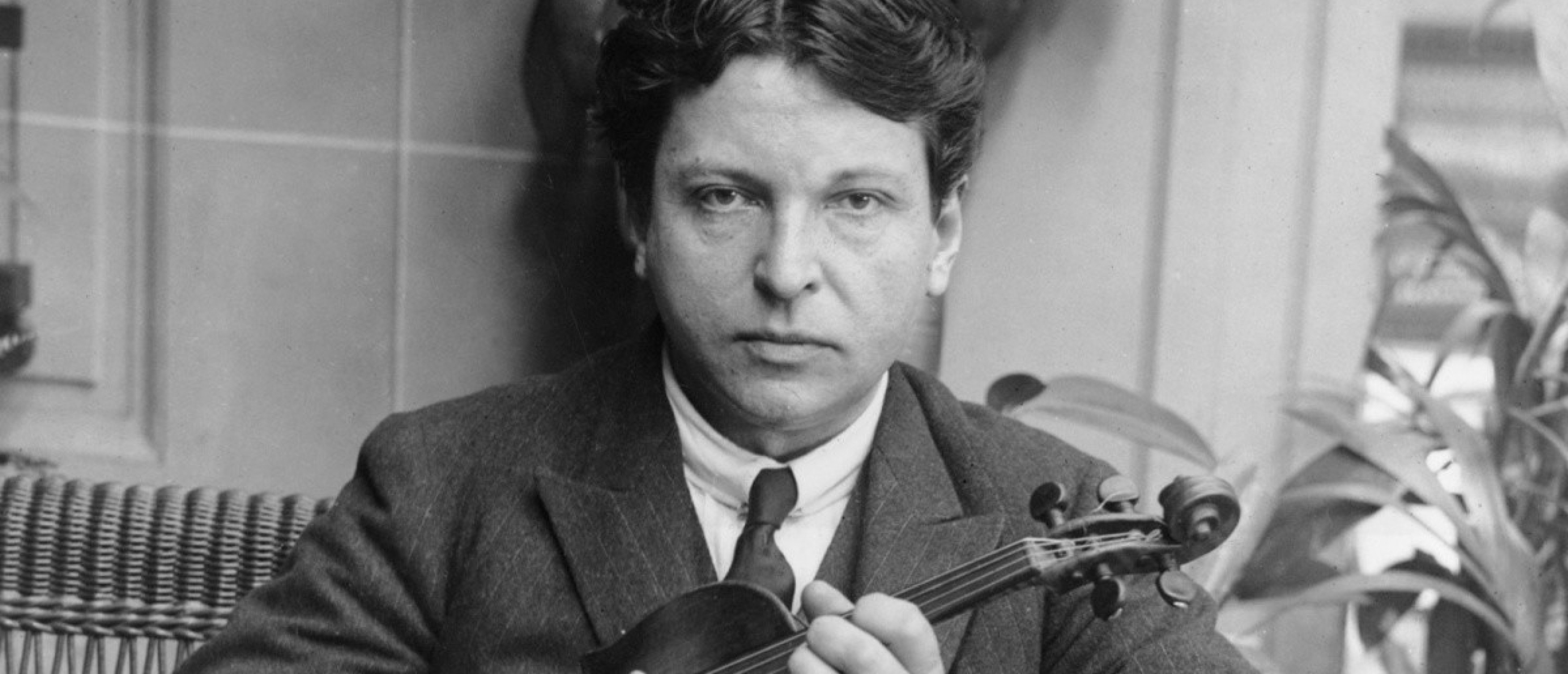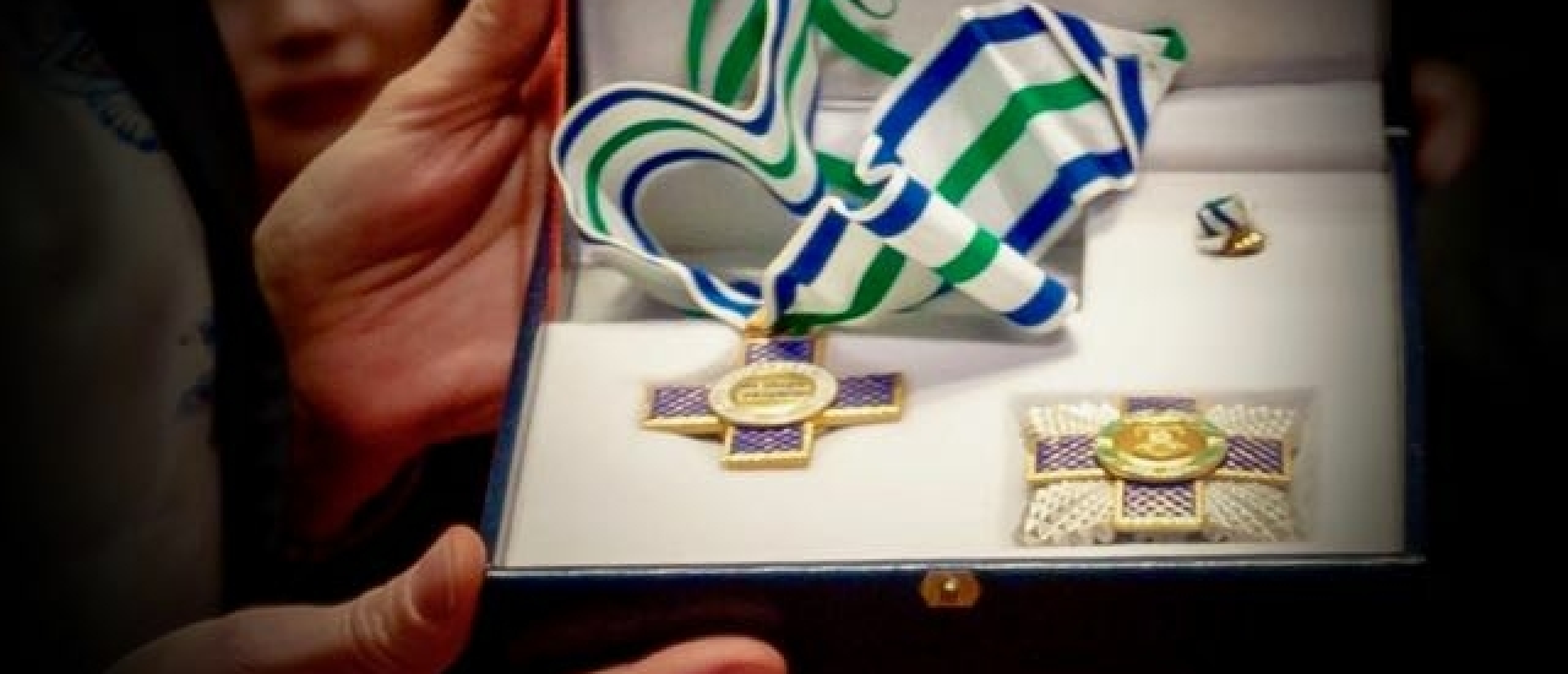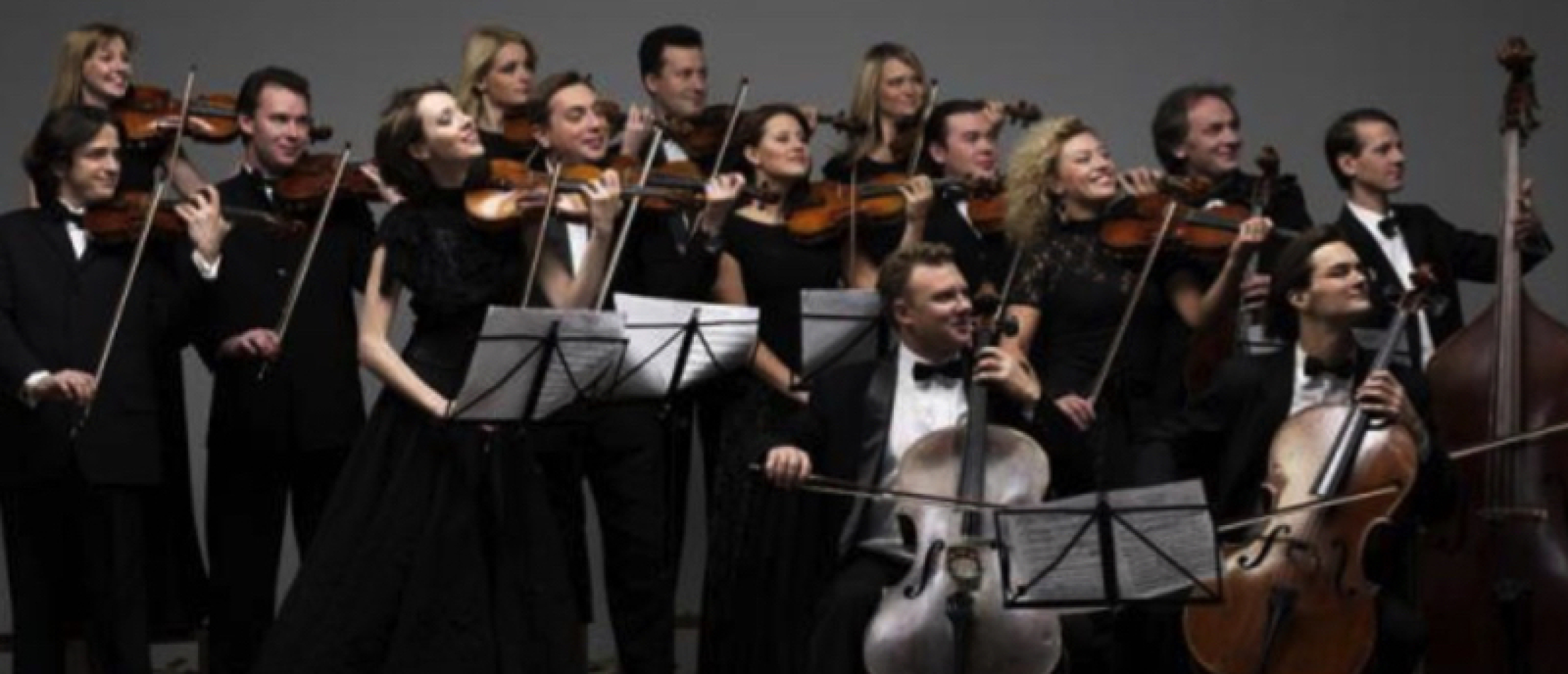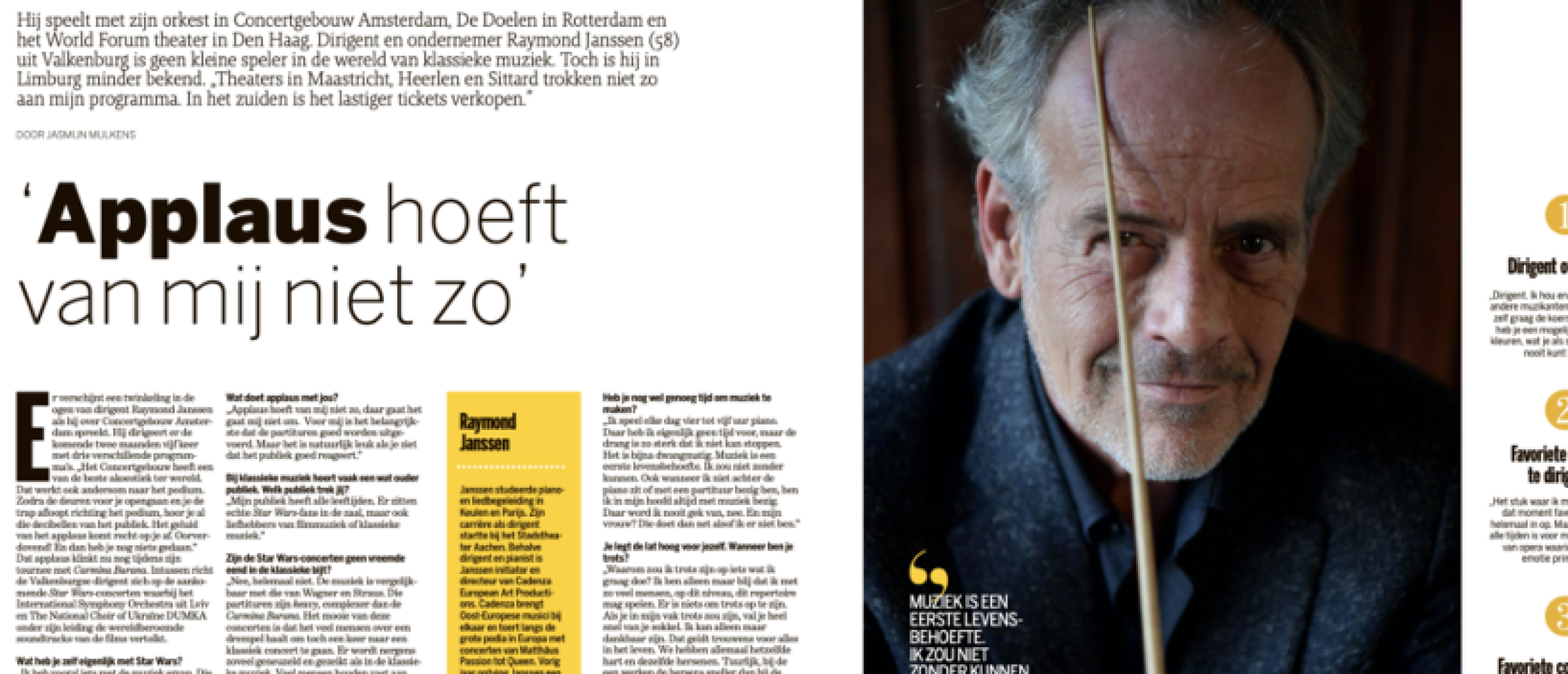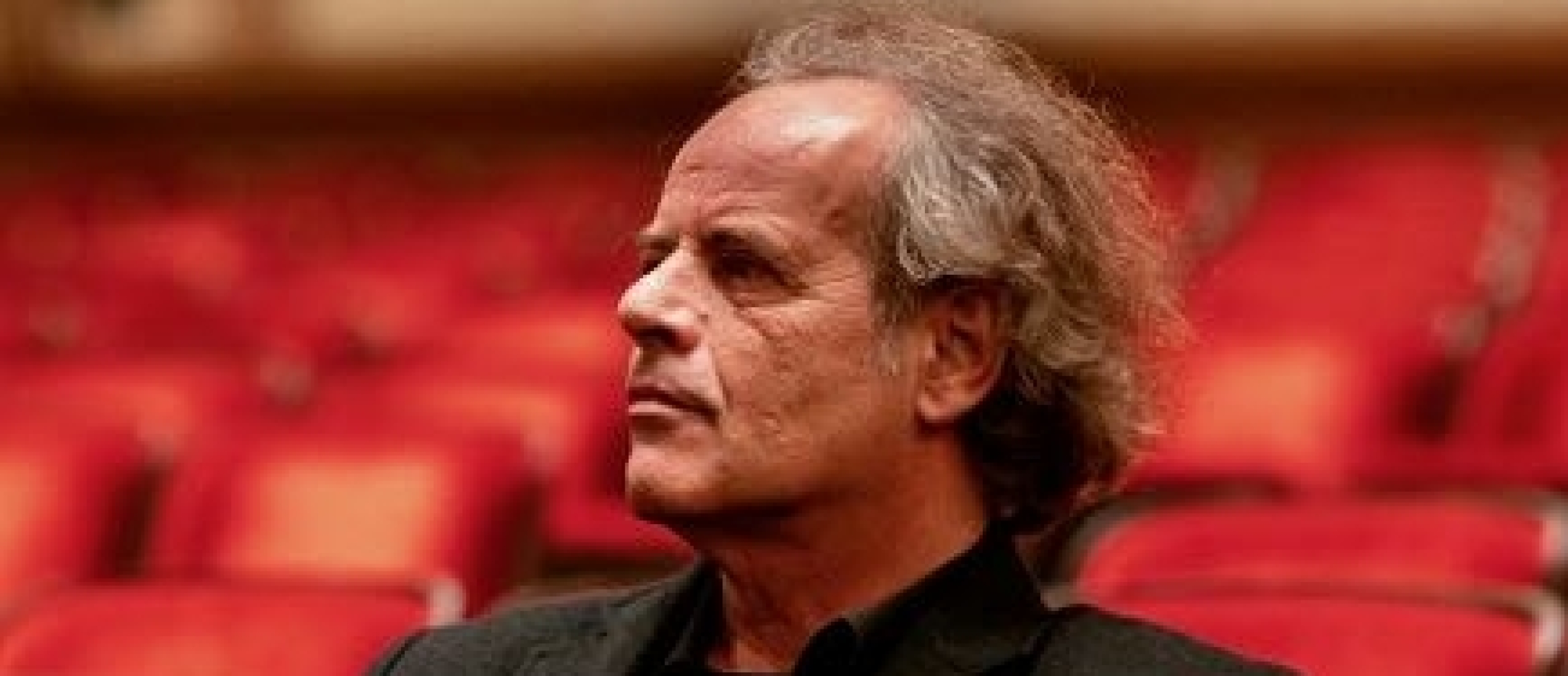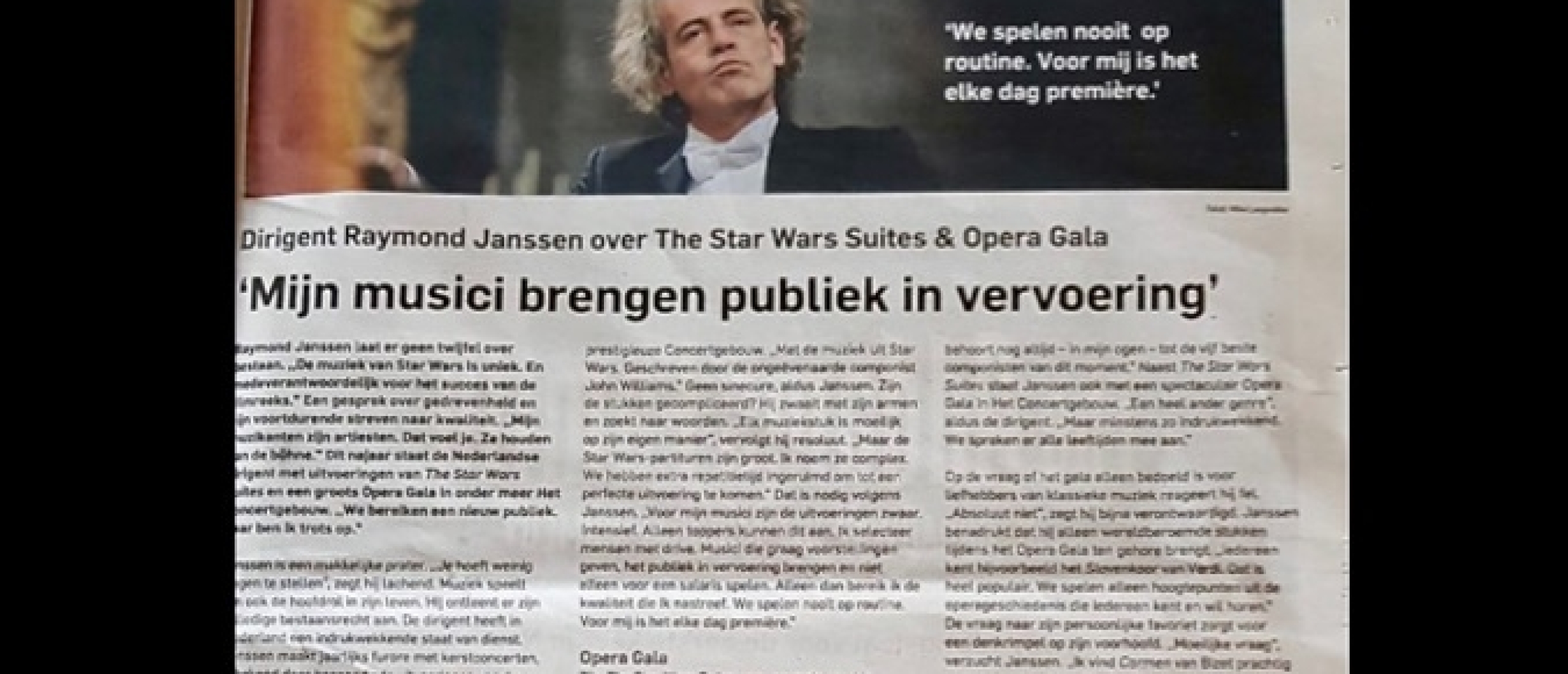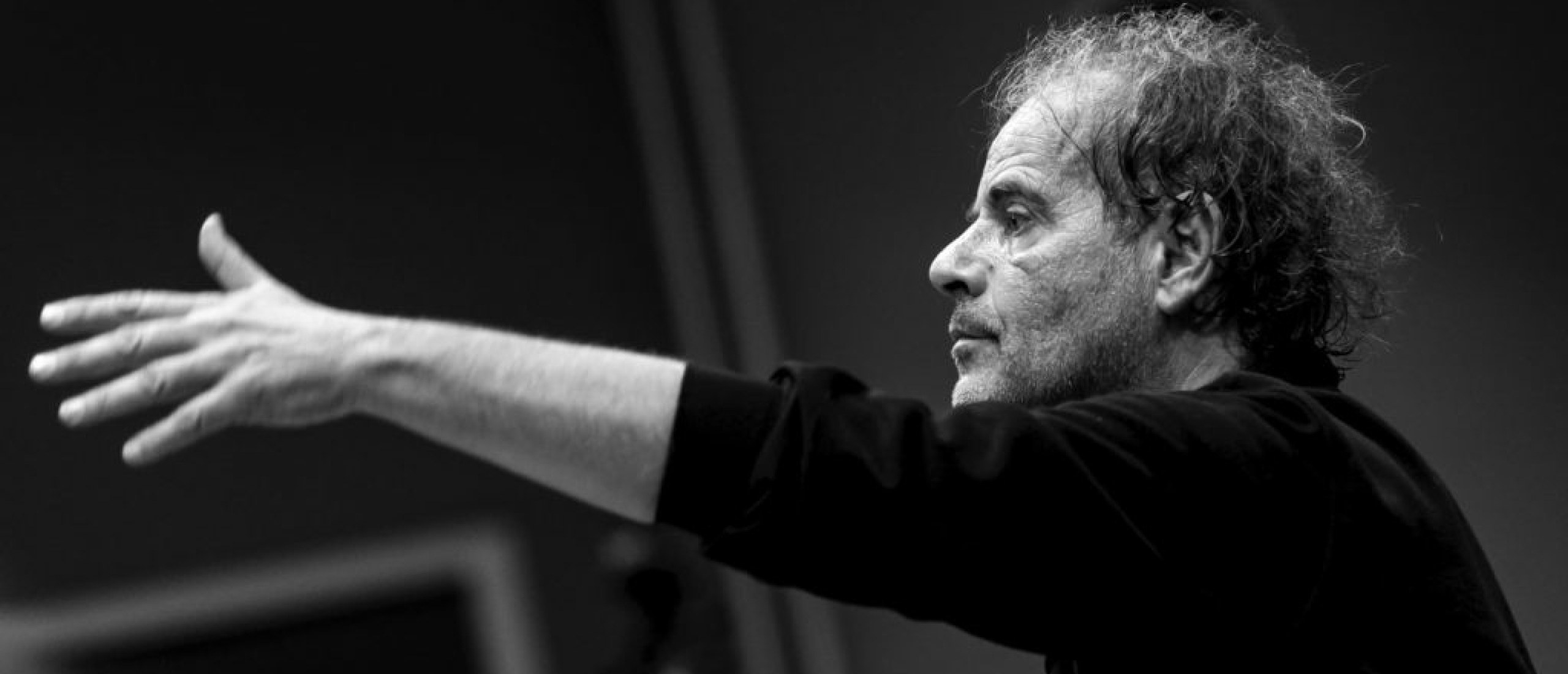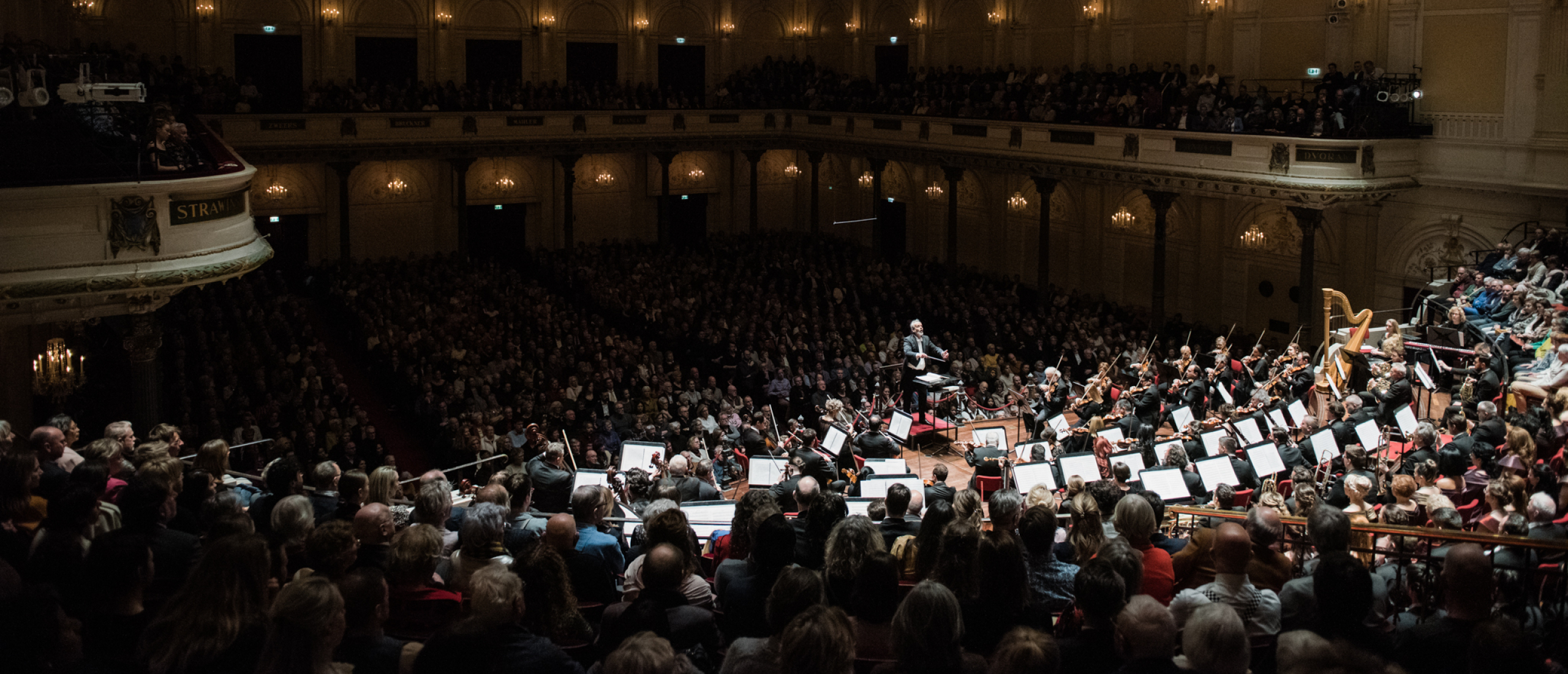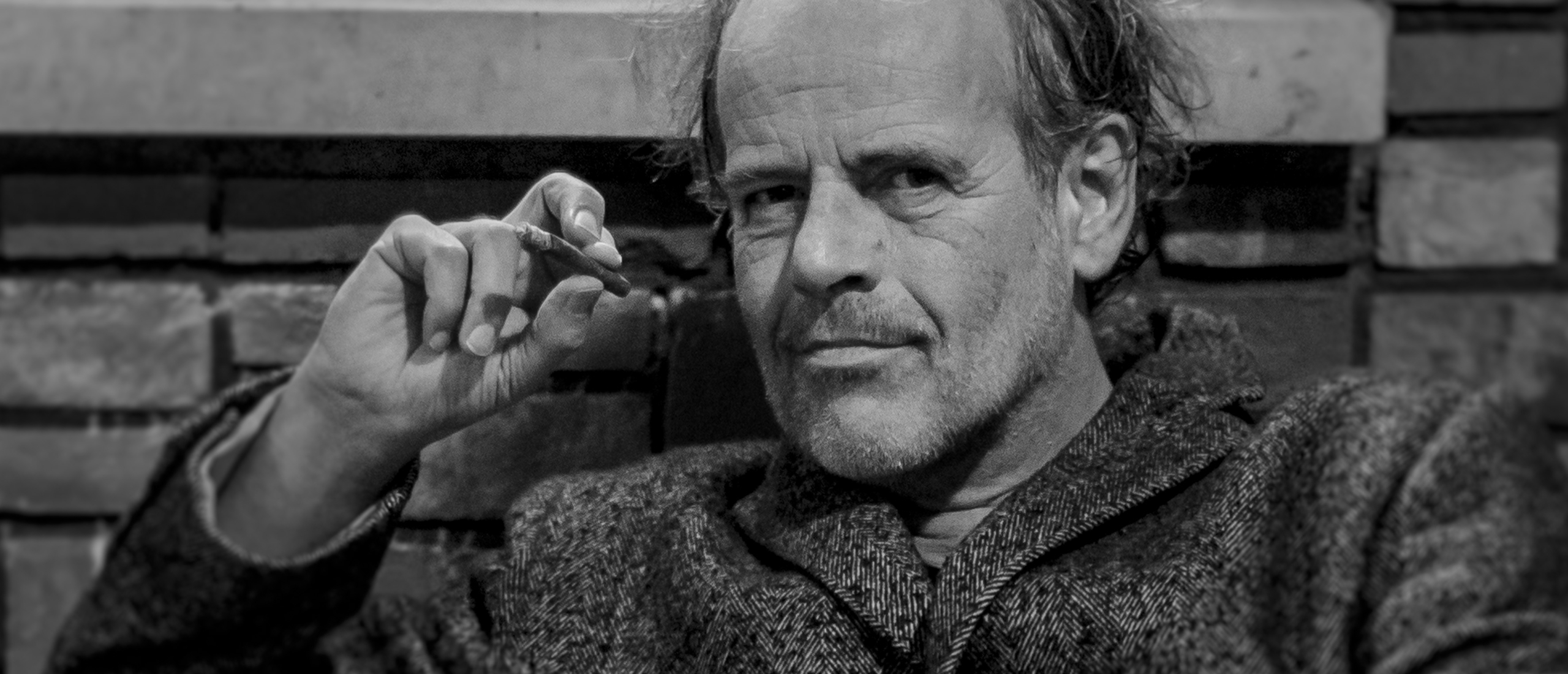
During an opera performance, a conductor's mind is a dynamic mix of musical, dramatic, and technical considerations. Here's what might be going through a conductor's mind during each moment of an opera performance:
1. **Overture and Opening Scene:** As the overture plays and the curtain rises, the conductor sets the tone for the performance, establishing the mood and atmosphere of the opera. They focus on pacing, dynamics, and orchestral balance to draw the audience into the world of the opera from the very beginning.
2. **Arias and Ensembles:** During solo arias and ensemble numbers, the conductor supports and guides the singers, ensuring that they are well-supported by the orchestra and that their performances are cohesive and expressive. They pay close attention to phrasing, dynamics, and pacing to convey the emotional depth of the music.
3. **Recitatives:** In recitative passages, the conductor keeps the action moving forward, providing cues for singers and orchestra to maintain momentum and continuity. They must be flexible and responsive to the needs of the singers, adjusting tempos and dynamics to accommodate changes in pacing or delivery.
4. **Cueing and Coordination:** Throughout the performance, the conductor is responsible for cueing entrances, coordinating transitions between scenes, and ensuring smooth transitions between musical numbers and dramatic moments. They must anticipate the needs of the singers and orchestra, providing clear and decisive leadership to keep the performance running smoothly.
5. **Dramatic Punctuation:** Conductors use musical punctuation to underscore dramatic moments in the opera, providing emphasis and support for key plot points, character developments, and emotional climaxes. They may adjust tempos, dynamics, and orchestration to heighten the dramatic impact of these moments.
6. **Adaptability:** Conductors must be adaptable and responsive to the needs of the production, adjusting their approach based on the staging, cast, and venue. They may need to make quick decisions and adjustments to accommodate changes in performance conditions or unexpected circumstances.
7. **Emotional Engagement:** Conductors strive to connect emotionally with the story and characters of the opera, conveying its emotional depth and resonance to the performers and audience. They channel their own emotional response to the music and text, using their interpretation to inspire and elevate the performance.
8. **Technical Precision:** Conductors maintain a keen focus on technical precision, monitoring aspects such as intonation, rhythm, and ensemble balance to ensure a polished and cohesive performance. They listen attentively to the orchestra and singers, making adjustments as needed to maintain a high level of musical excellence.
9. **Overall Arc and Flow:** Throughout the performance, conductors maintain a sense of the overall arc and flow of the opera, pacing the music and drama to create tension and release, peaks and valleys, and a satisfying sense of resolution. They shape the performance as a whole, guiding the audience on a compelling and emotionally resonant journey from beginning to end.
10. **Enjoyment and Fulfillment:** Despite the intense focus and responsibility, conductors find moments of enjoyment and fulfillment in the act of making music with a talented ensemble, sharing in the excitement and magic of a live opera performance. They take pride in their role as leaders and collaborators, contributing to the success and impact of the production.
Overall, a conductor's mind during an opera performance is a complex and dynamic landscape, as they navigate the intricate interplay of music, drama, and emotion to create a memorable and immersive theatrical experience.


